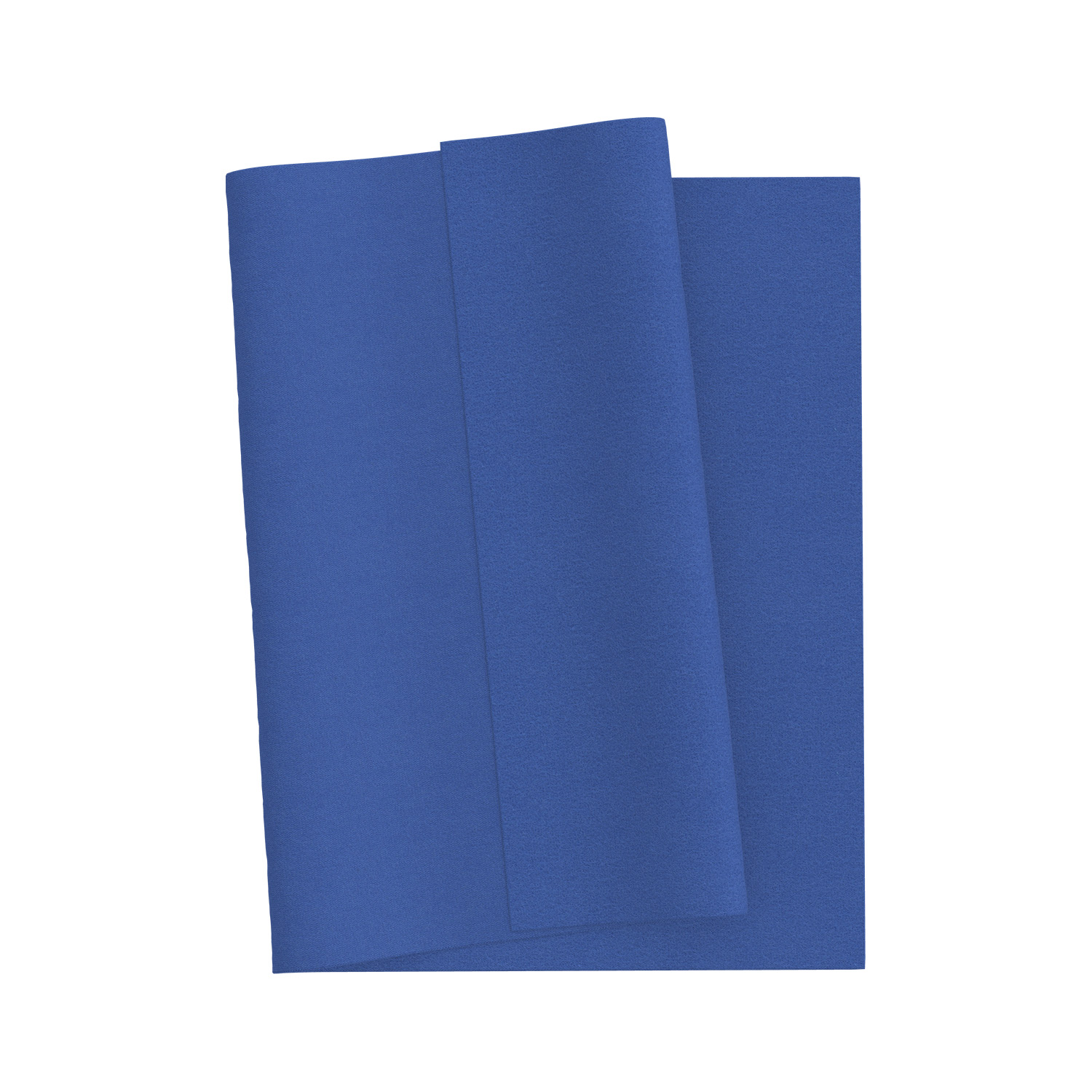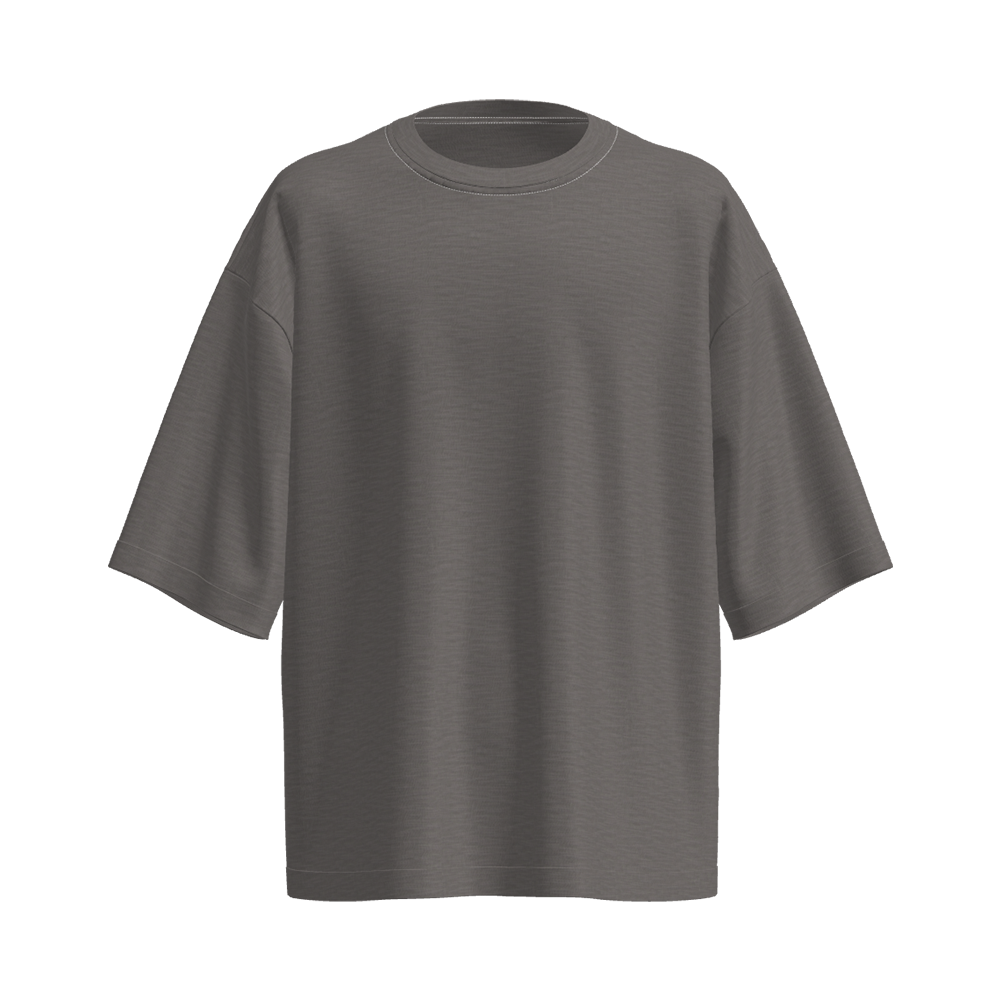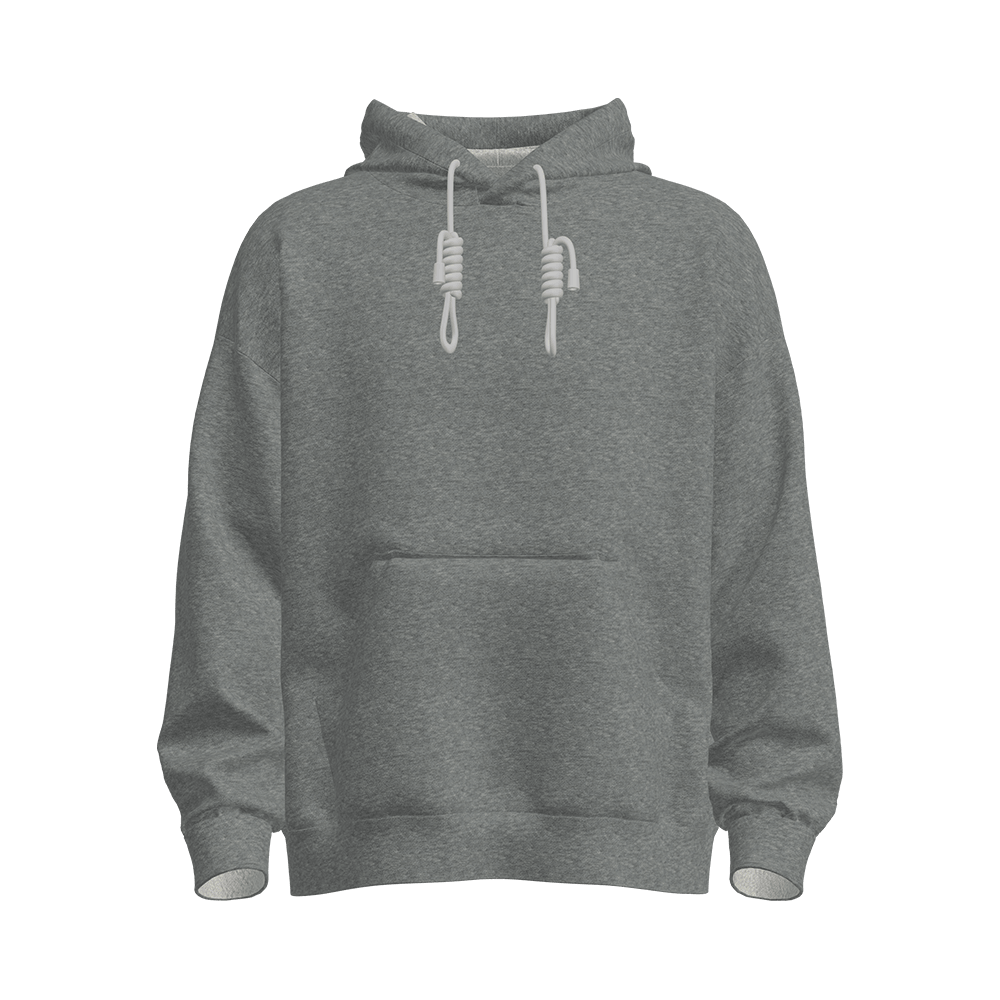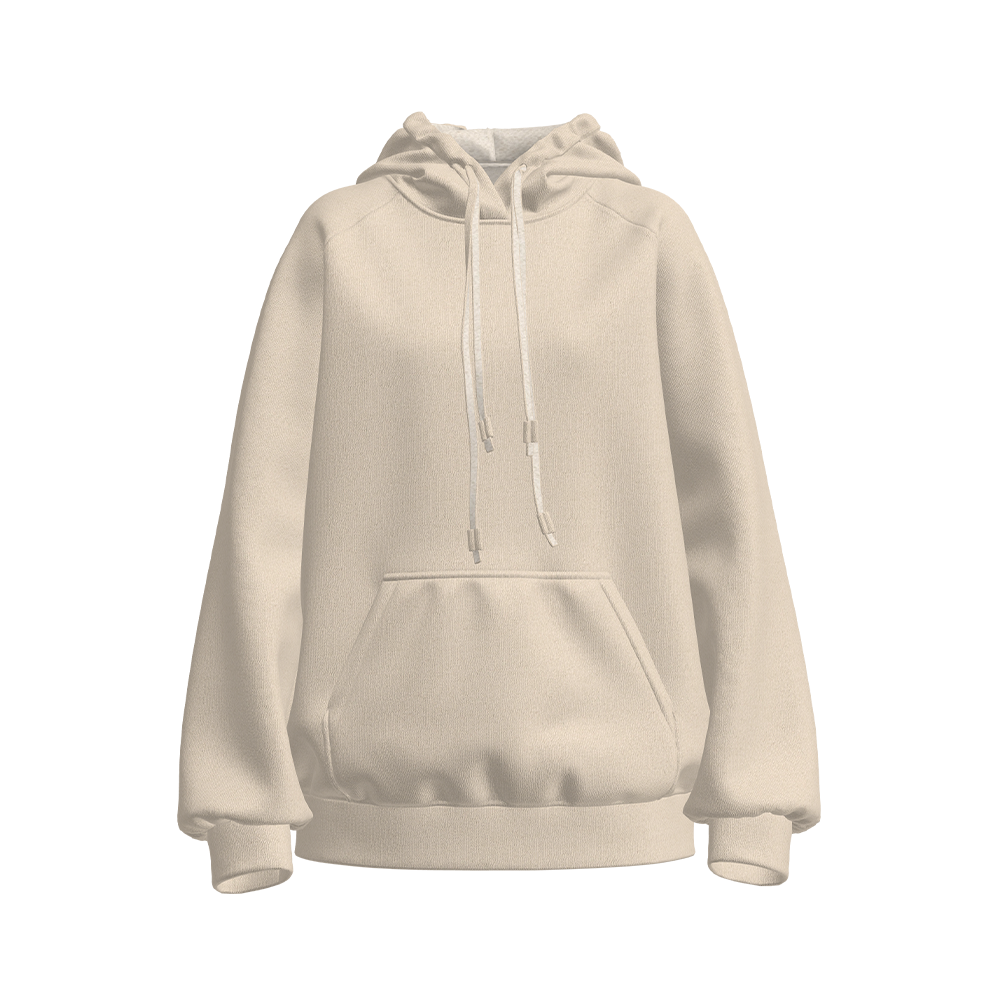
Antibacterial super soft single jersey knitted fabric: Why has it become the new favorite of children's clothing?
The reason why antibacterial super soft single jersey knitted fabric is popular is inseparable from its soft touch. The fabric has been specially treated to make the fibers more delicate and tight, and the touch is softer and skin-friendly. The realization of this softness is inseparable from the progress of modern textile technology.
In terms of fiber selection, antibacterial super soft single jersey knitted fabric often uses a blend of natural fibers and high-performance synthetic fibers, such as cotton, bamboo fiber and polyester fiber. Natural fibers give the fabric natural skin-friendliness and breathability, while synthetic fibers are treated with special processes, such as ultrafine fiberization and chemical modification, to further improve the softness and fineness of the fibers.
In terms of weaving technology, the single jersey knitted structure makes the fabric have better elasticity and ductility, and also provides the possibility for close arrangement between fibers. By optimizing weaving parameters, such as coil length and density, the surface of the fabric can be further refined to make it more delicate to the touch.
The use of fabric post-processing technology is also the key to achieving a soft touch. The softness and skin-friendliness of the fabric can be further improved by adding functional additives such as softeners and antistatic agents. The selection and use of these additives need to strictly follow relevant standards to ensure safety and harmlessness to children's skin.
In addition to the soft touch, another notable feature of antibacterial super-soft single-sided knitted fabric is its antibacterial function. In modern society where bacteria, viruses and other microorganisms are everywhere, children's health protection is particularly important. Antibacterial super-soft single-sided knitted fabric effectively inhibits the growth and reproduction of bacteria by adopting advanced antibacterial technologies such as silver ion antibacterial and nano antibacterial.
Silver ion antibacterial technology is one of the most widely used antibacterial technologies at present. Silver ions have broad-spectrum antibacterial properties and can destroy the cell walls and cell membranes of bacteria, thereby achieving the purpose of sterilization. In the process of fabric production, silver ions can be added to fibers in various forms, such as ion exchange, blended spinning, etc. These silver ions are evenly distributed in the fabric, forming an effective antibacterial barrier.
Nano antibacterial technology uses the special properties of nanomaterials, such as high specific surface area and high activity, to enhance the antibacterial effect of fabrics. By loading antibacterial agents onto the surface or inside of fibers through nanotechnology, the antibacterial properties can be further improved, while reducing the amount of antibacterial agents used and reducing environmental pollution.
It is worth noting that the antibacterial function of antibacterial super soft single-sided knitted fabric is not a one-time solution. During use, the fabric may be affected by factors such as washing and friction, resulting in a decrease in antibacterial properties. Therefore, regular testing of the antibacterial properties of the fabric and timely replacement or replenishment of antibacterial agents are the key to ensuring that the fabric is effectively antibacterial for a long time.
In addition to antibacterial function and soft touch, breathability and moisture absorption are also important indicators for evaluating children's clothing fabrics. Antibacterial super soft single-sided knitted fabric also performs well in these two aspects.
Breathability refers to the ability of fabrics to allow air and water vapor to pass through. For children, fabrics with good breathability can keep the body dry and reduce the accumulation of sweat, thereby reducing the incidence of skin diseases. Antibacterial super soft single-sided knitted fabric adopts a single-sided knitted structure, which forms many tiny air holes on the surface of the fabric, which is conducive to the circulation of air and water vapor. At the same time, the close arrangement between the fibers also ensures the windproof performance of the fabric and avoids the invasion of cold air from the outside.
Hygroscopicity refers to the ability of the fabric to absorb and retain moisture. For children, fabrics with good hygroscopicity can absorb sweat in time and keep the body comfortable. Natural fibers in antibacterial super soft single-sided knitted fabrics, such as cotton and bamboo fibers, have good hygroscopic properties. Synthetic fibers are treated with special processes, such as hydrophilic modification and cross-linking treatment, to further improve the hygroscopicity of the fabric. The blending and interweaving of these fibers enable the fabric to maintain a soft touch while also having good hygroscopic properties.
With the improvement of environmental awareness, consumers have higher and higher requirements for the environmental protection of children's clothing fabrics. In the production process of antibacterial super soft single-sided knitted fabrics, attention is paid to the selection of raw materials and environmental protection treatment, and efforts are made to reduce the impact on the environment.
In terms of raw material selection, renewable and degradable natural fibers, such as organic cotton and bamboo fibers, are preferred. These fibers are not only environmentally friendly, but also harmless to the human body, and meet the safety requirements of children's clothing. At the same time, when selecting synthetic fibers, we also pay attention to their recyclability and biodegradability to reduce pollution to the environment.
During the production process, low-energy consumption and low-emission production processes are adopted, such as water-saving dyeing and no wastewater discharge. These processes not only reduce production costs, but also reduce pollution to the environment. In addition, the waste generated during the production process is also reasonably recycled and treated to achieve the recycling of resources.
LATEST POST
Let’s create something amazing together
contact usDon't hesitate to contact when you need us!



 English
English 한국어
한국어 中文简体
中文简体









 +86-512-52528088
+86-512-52528088 +86-512-14546515
+86-512-14546515

